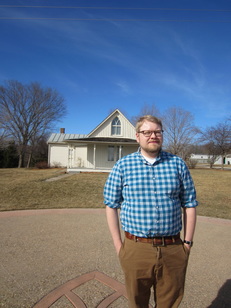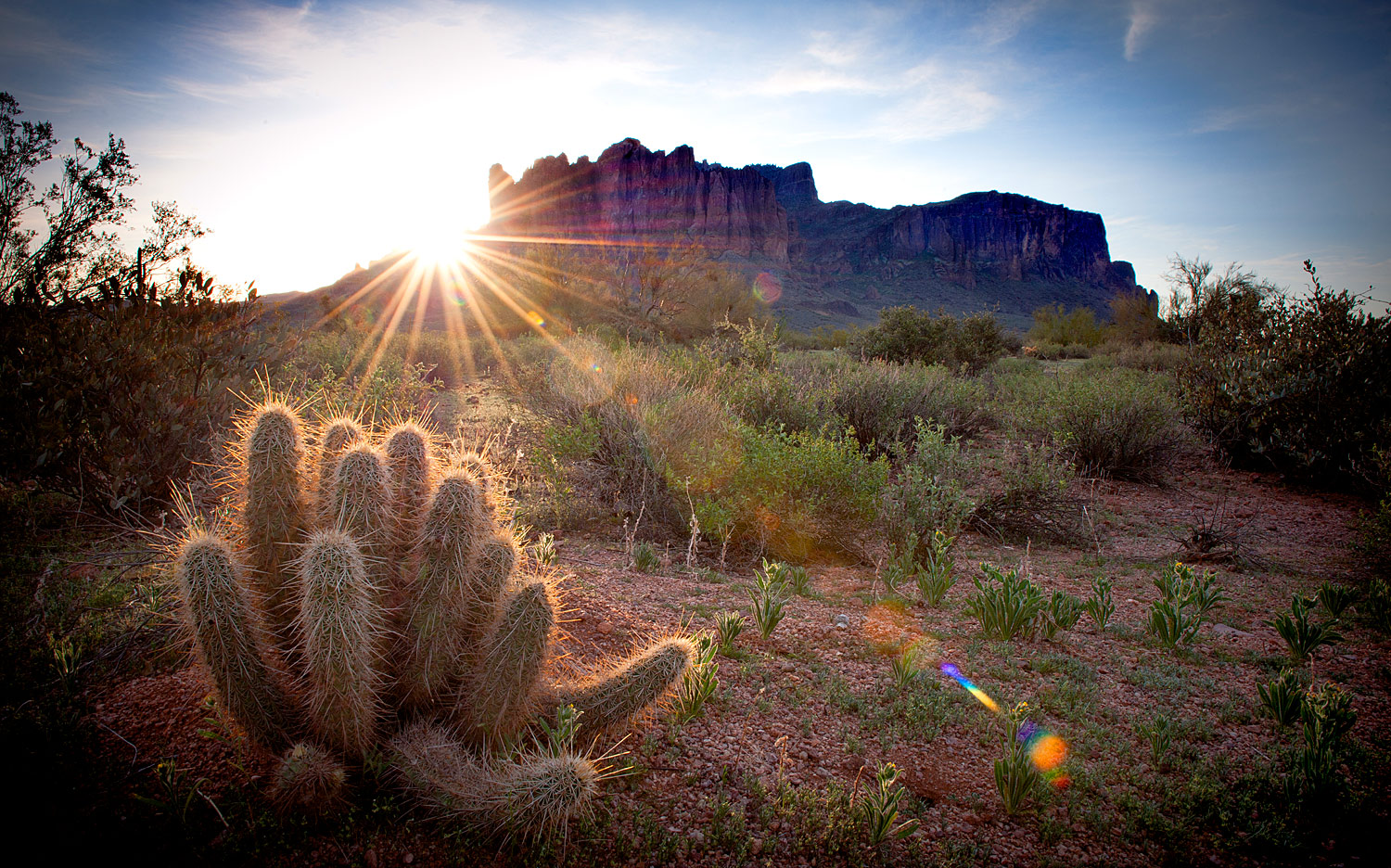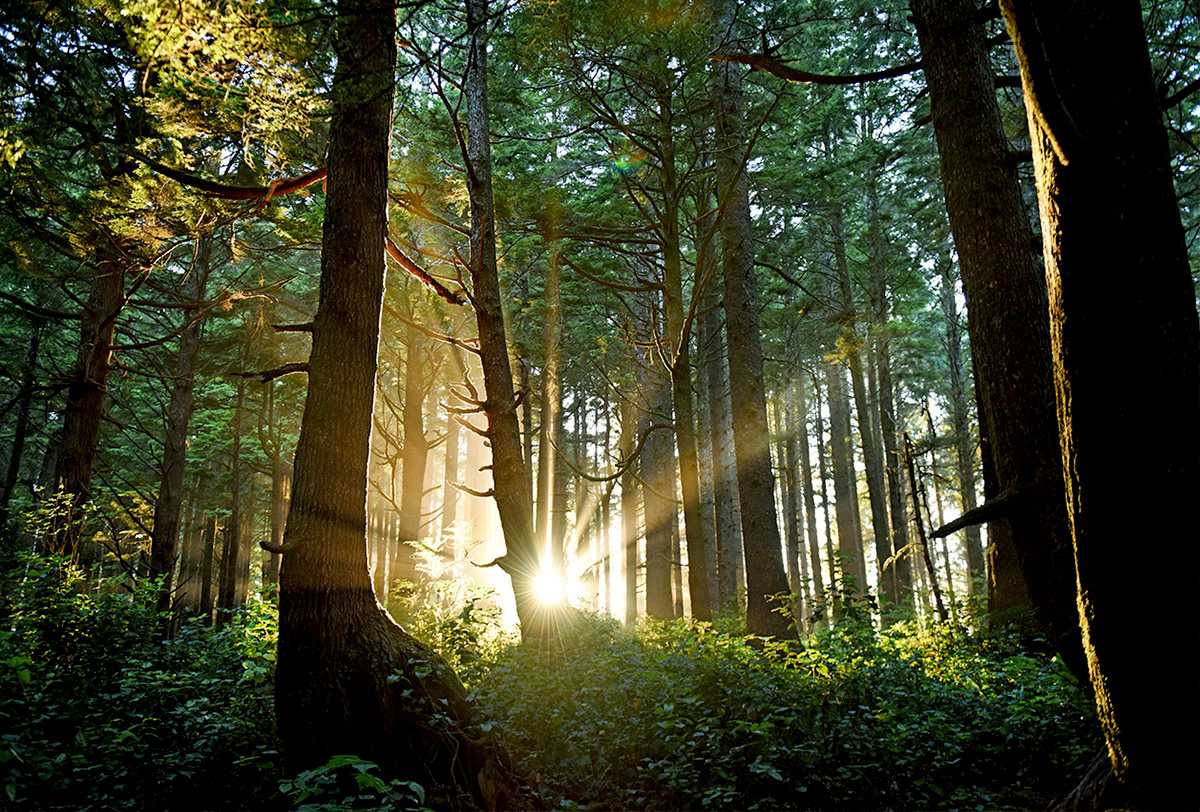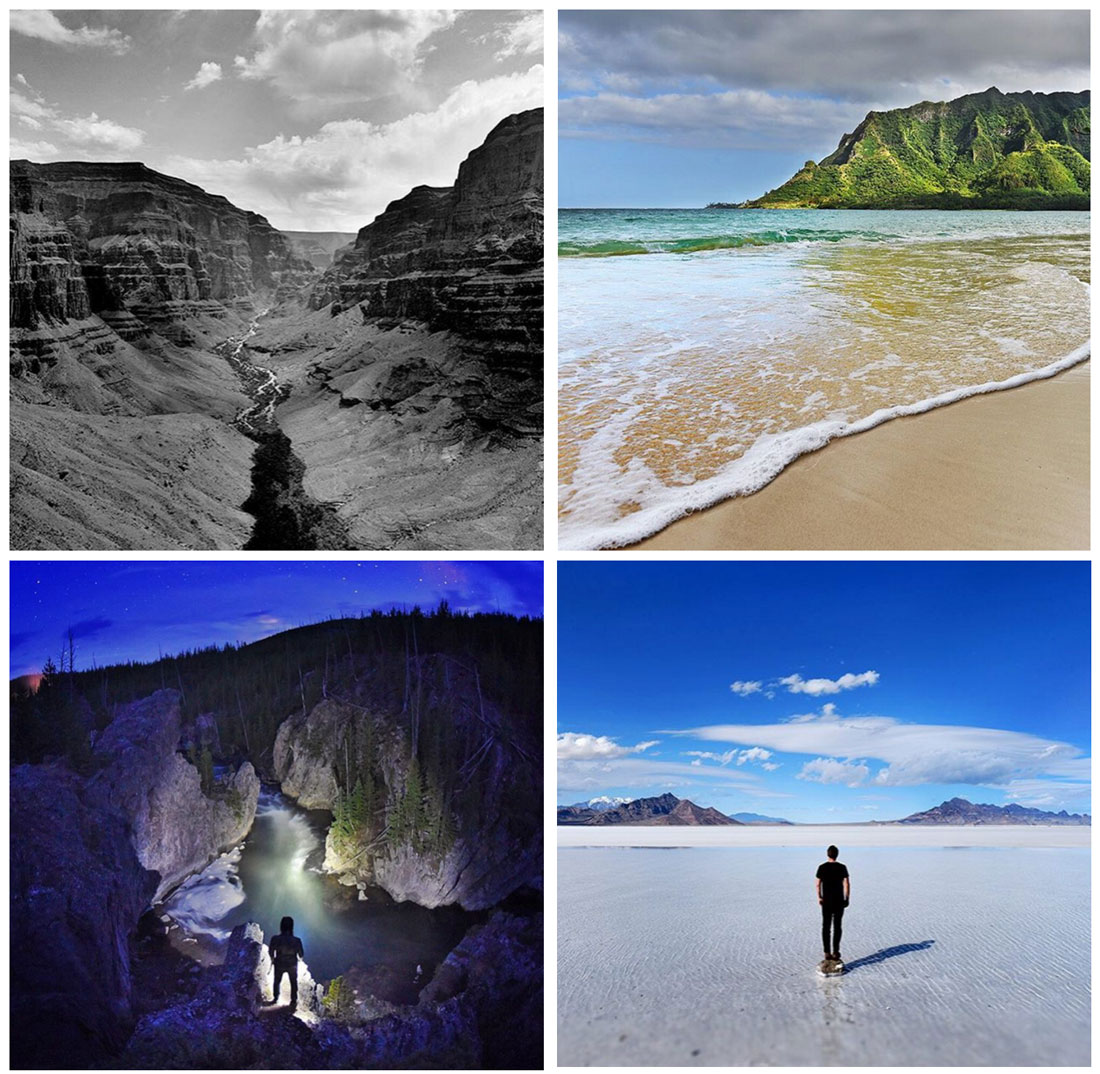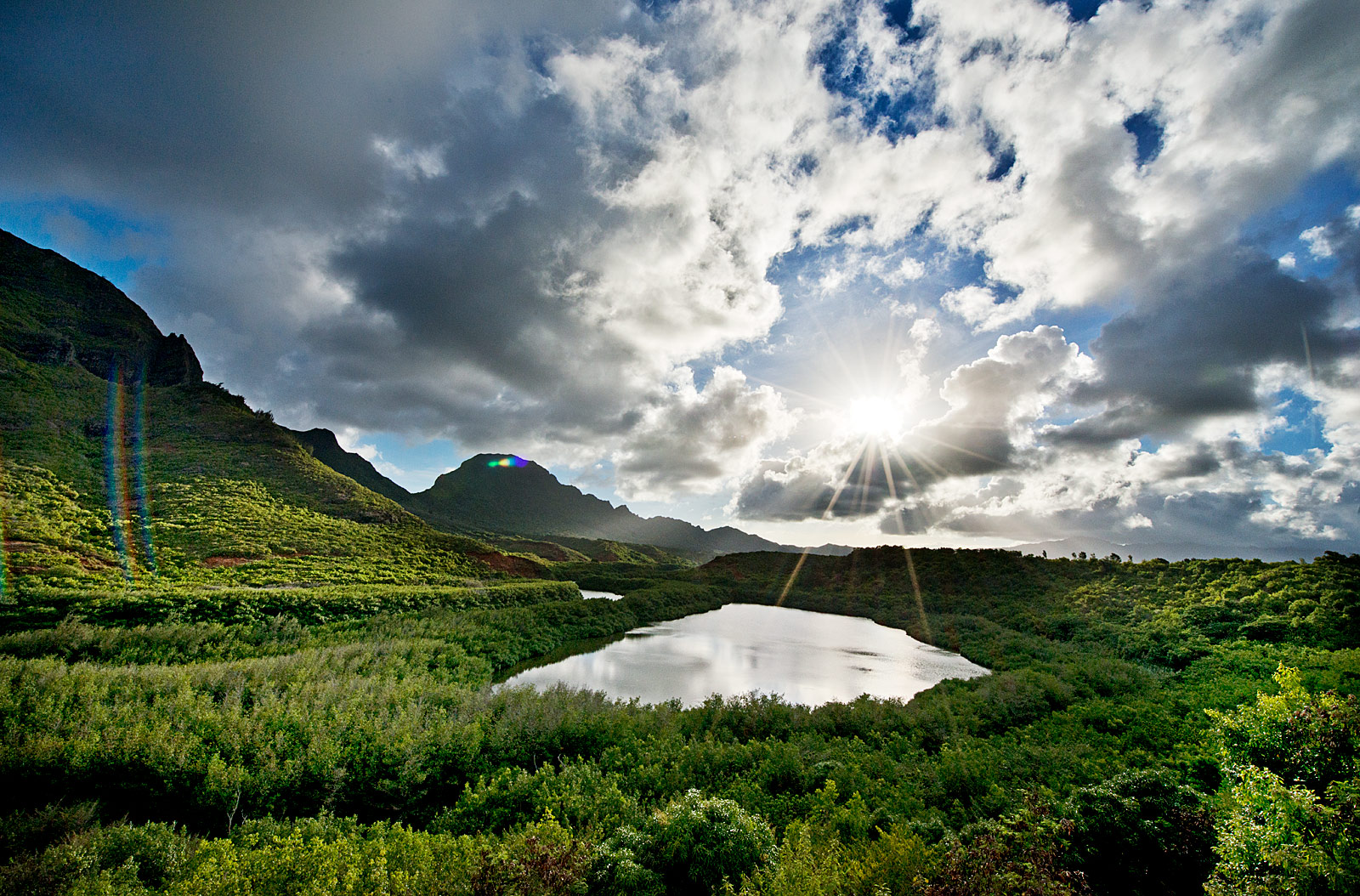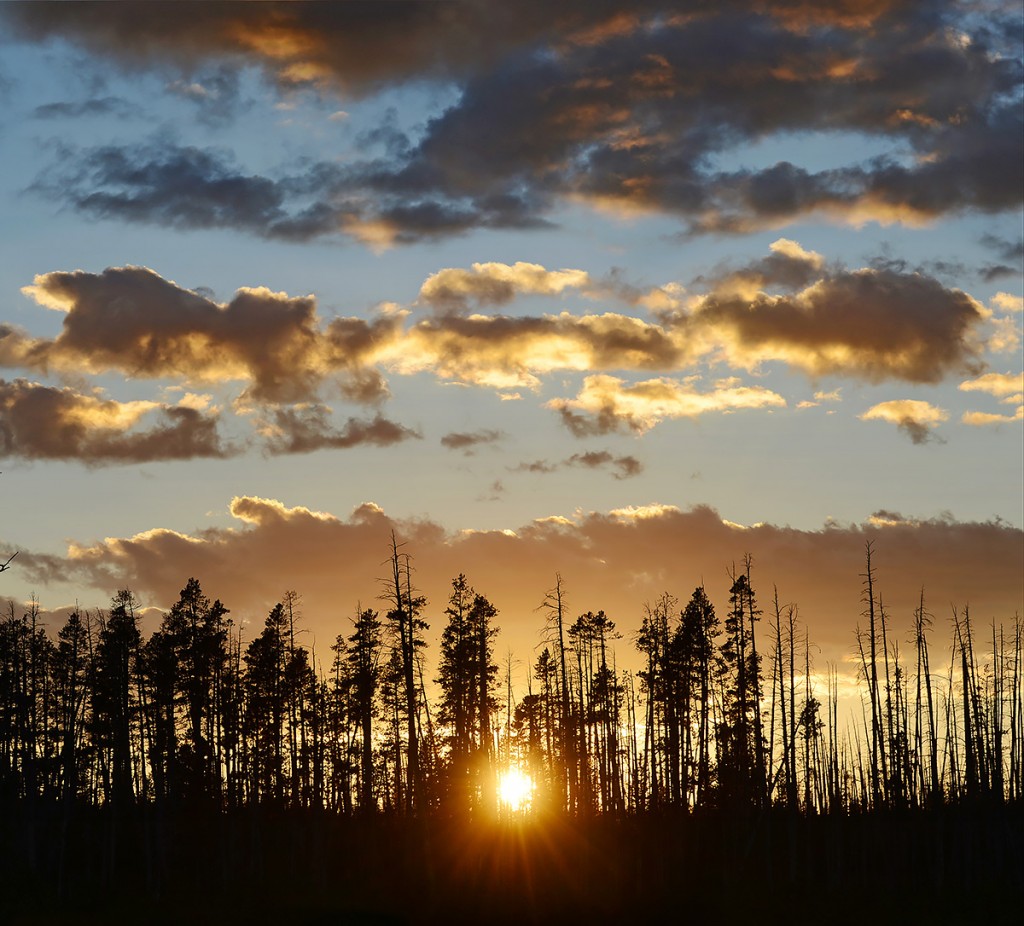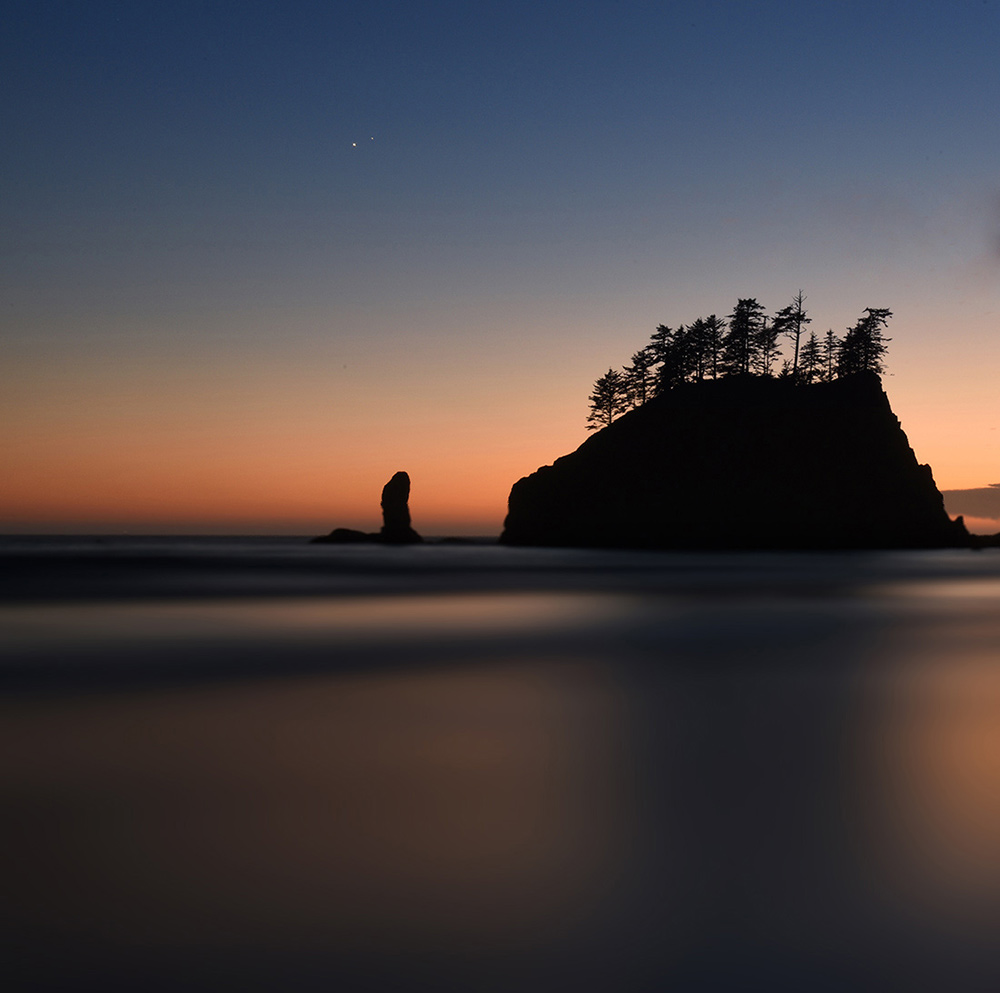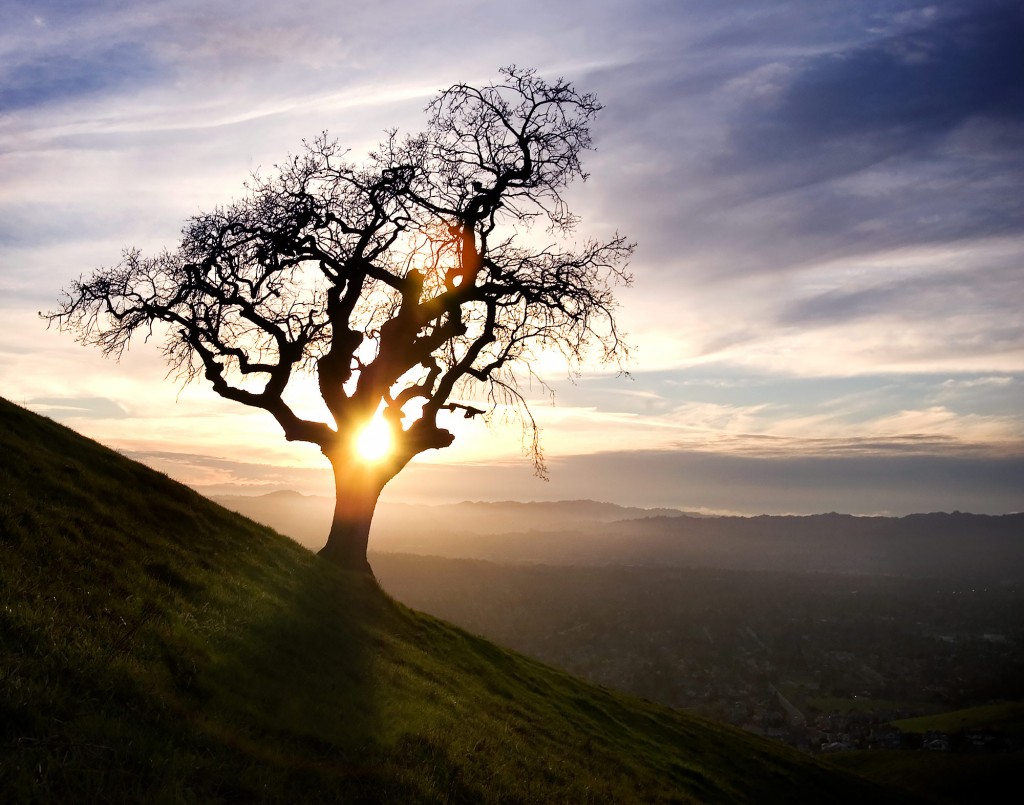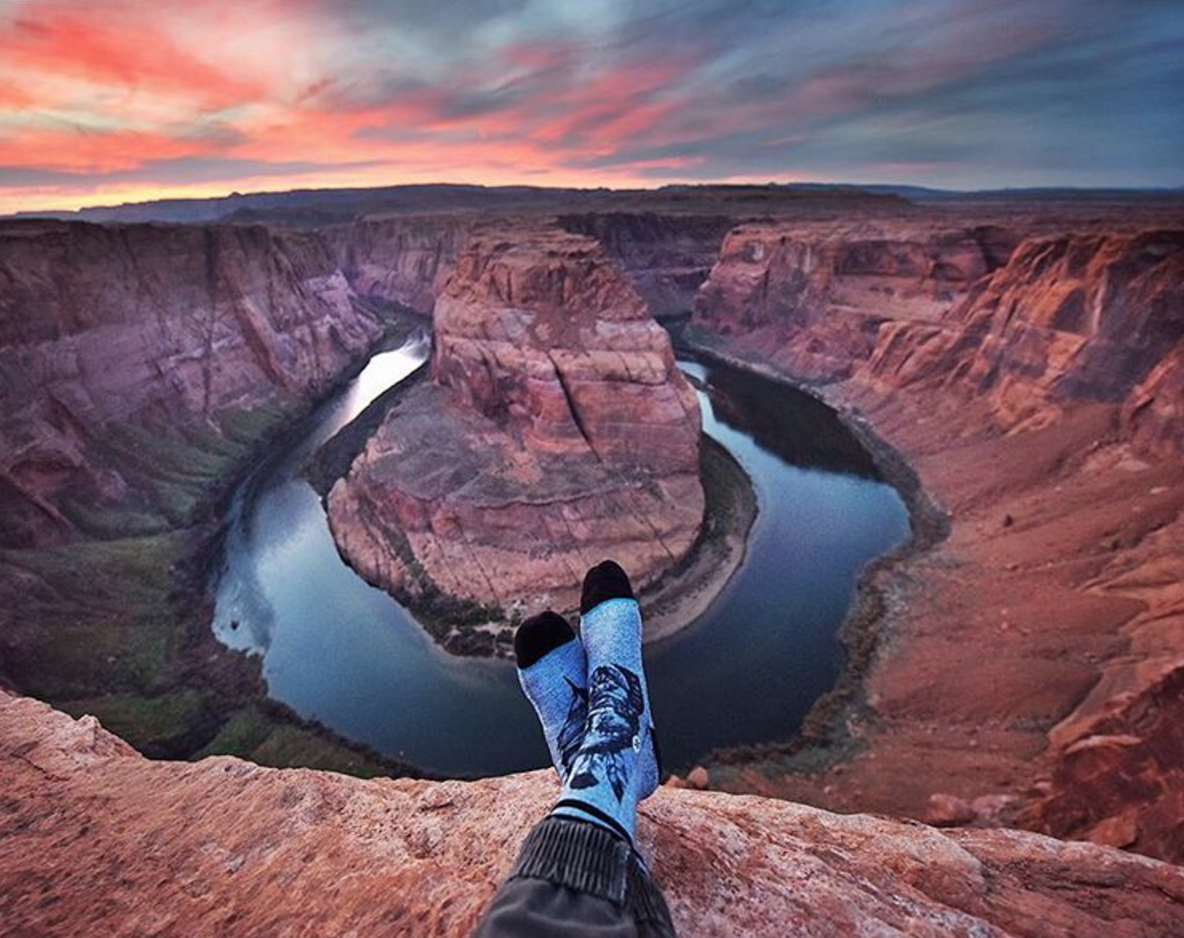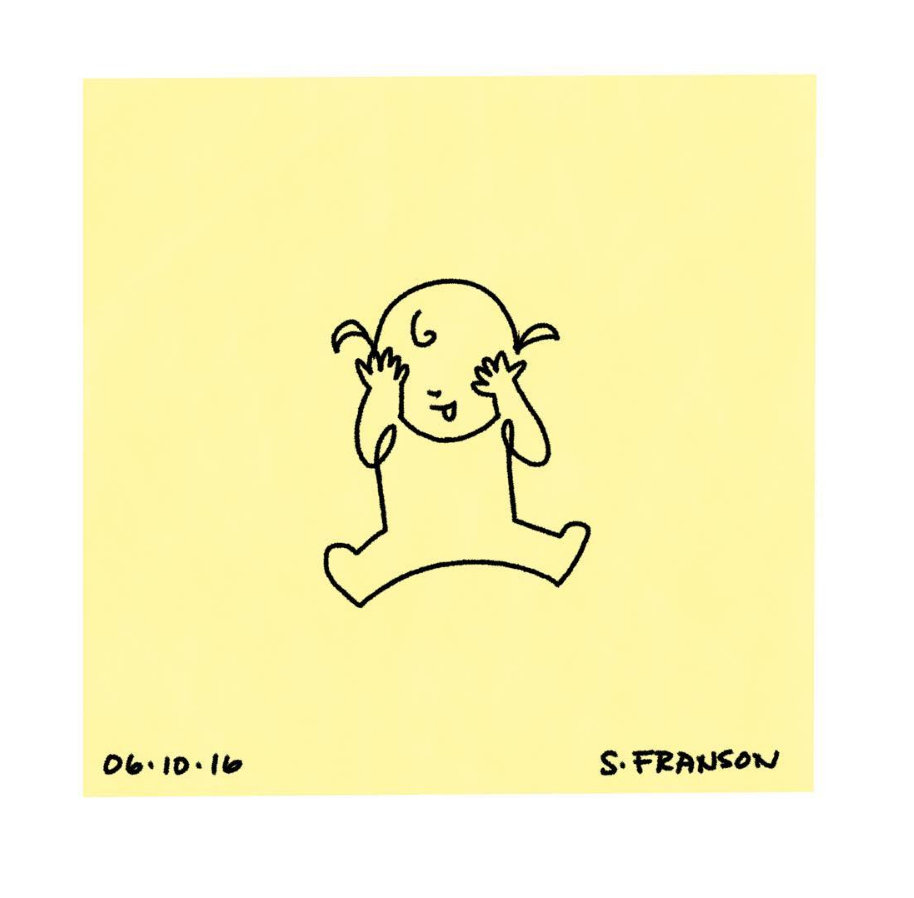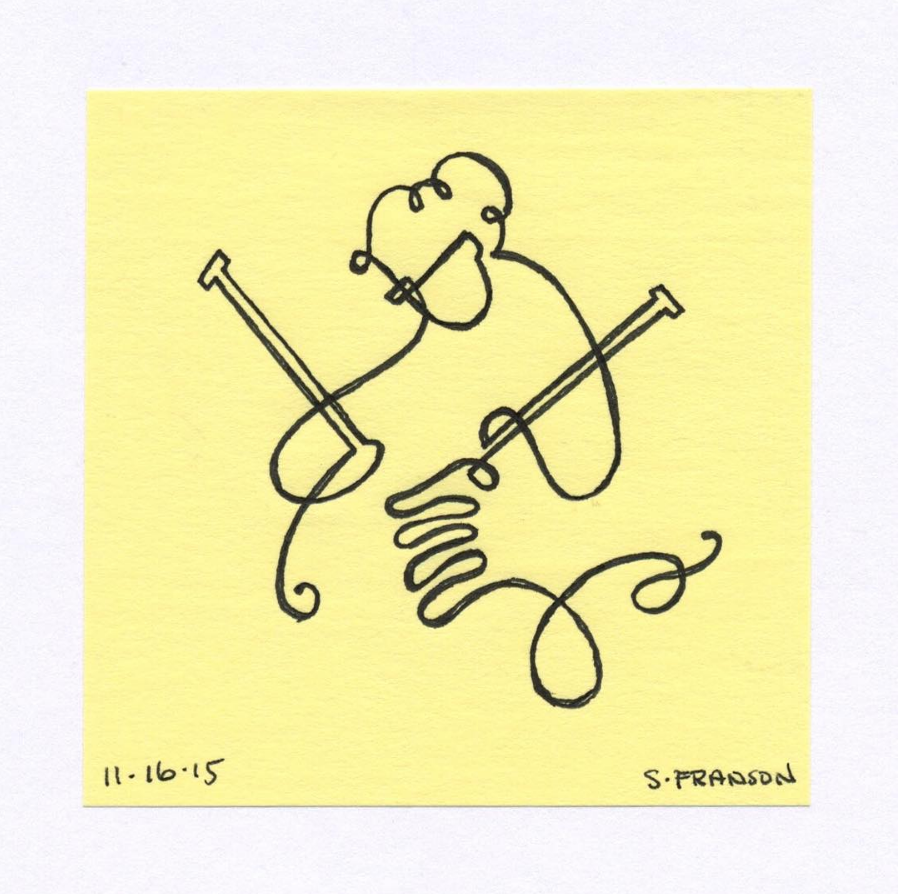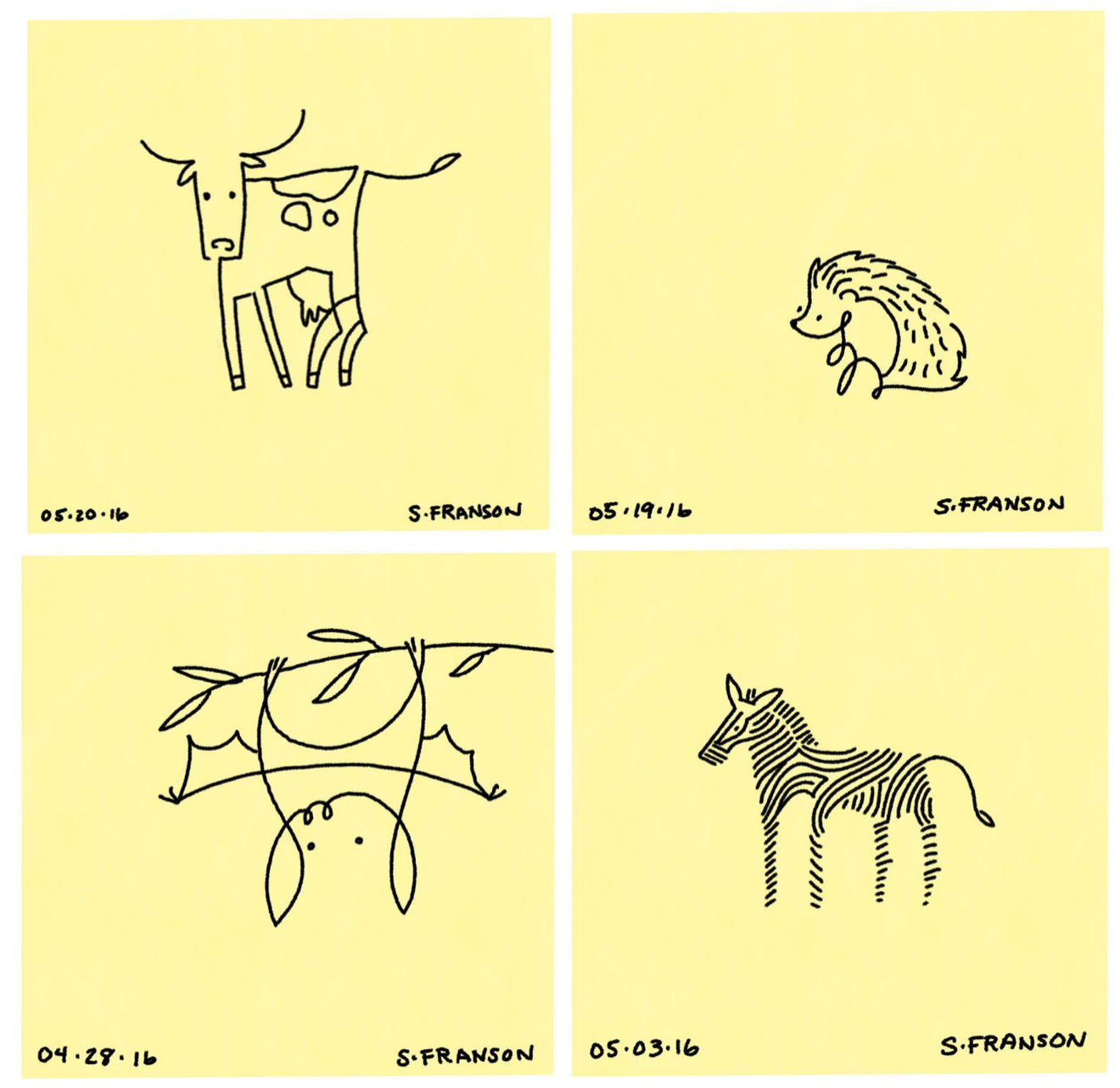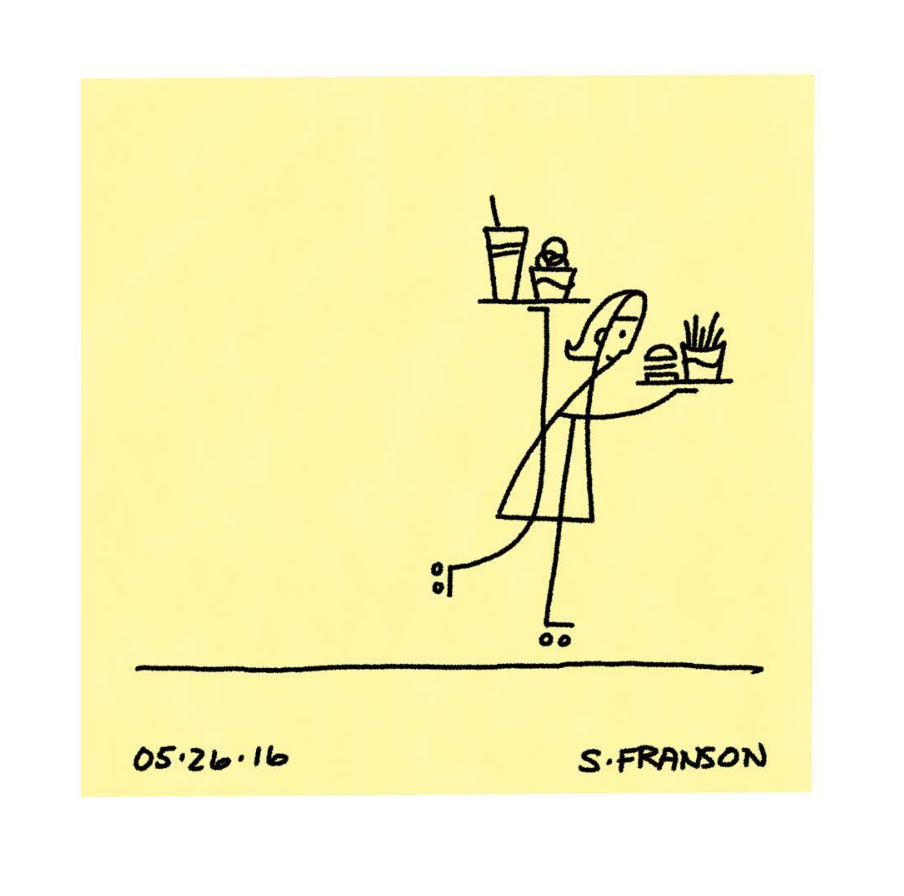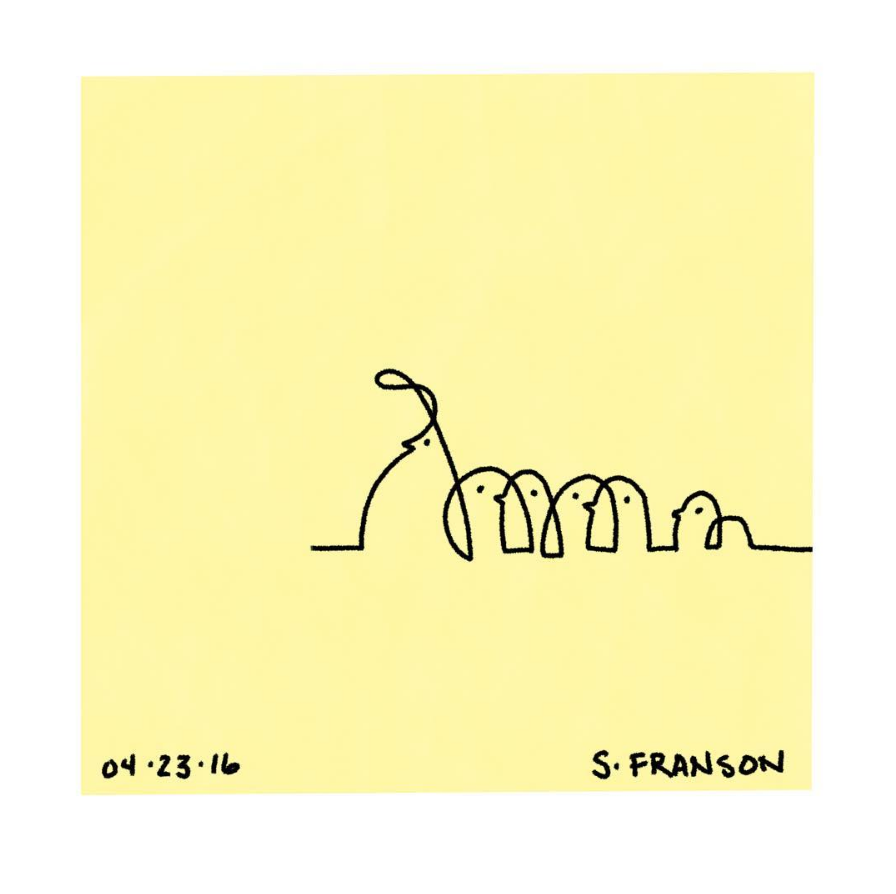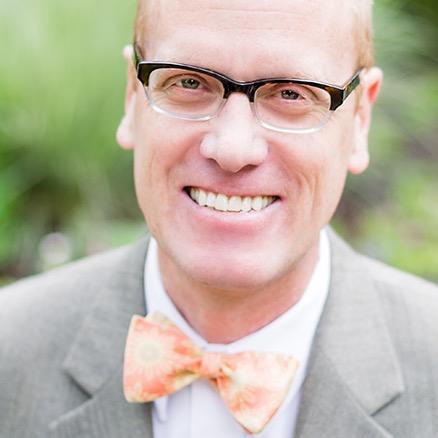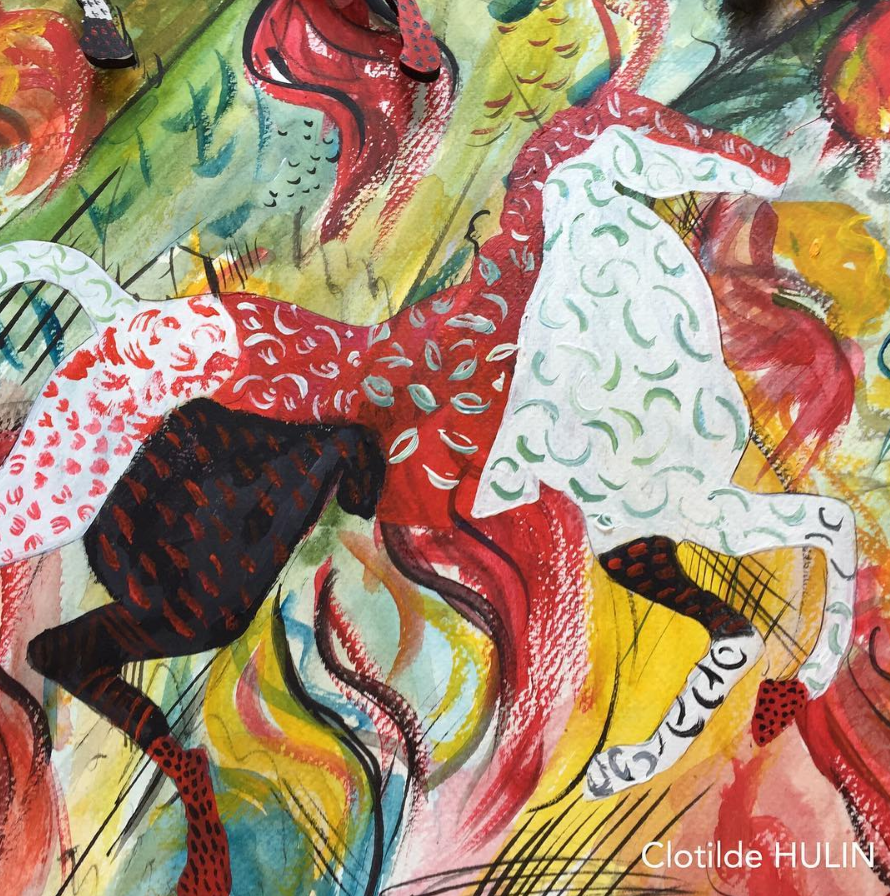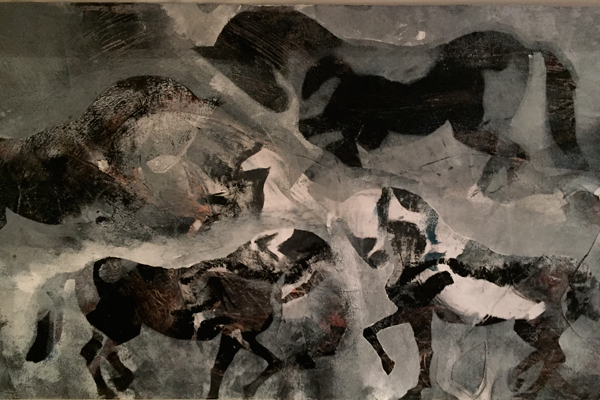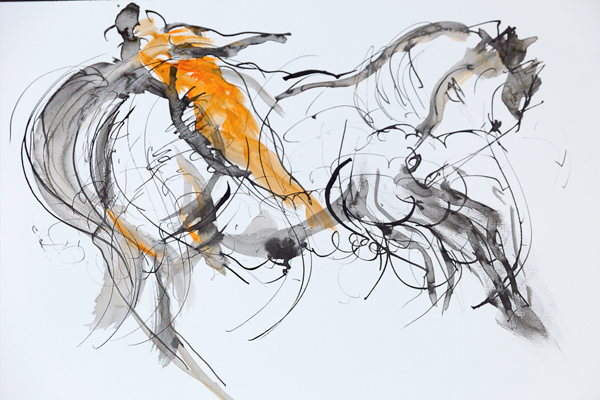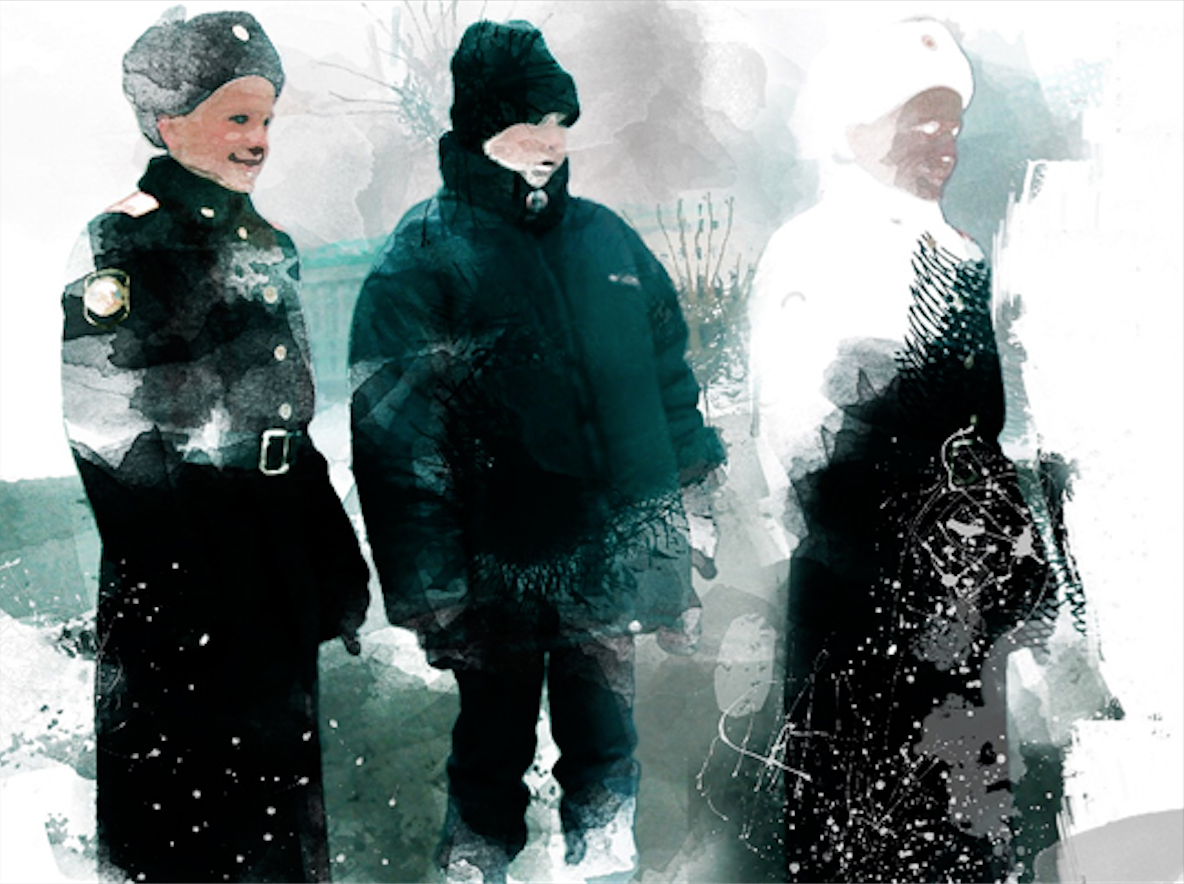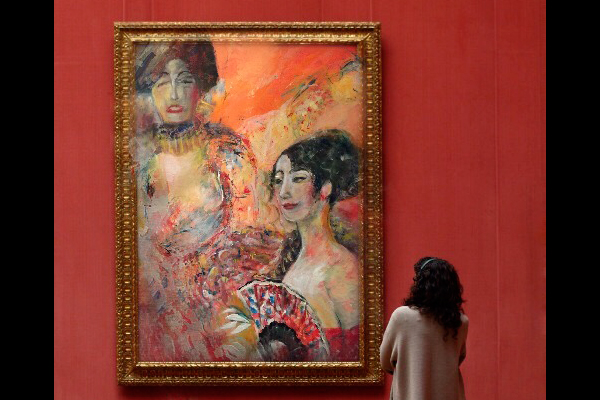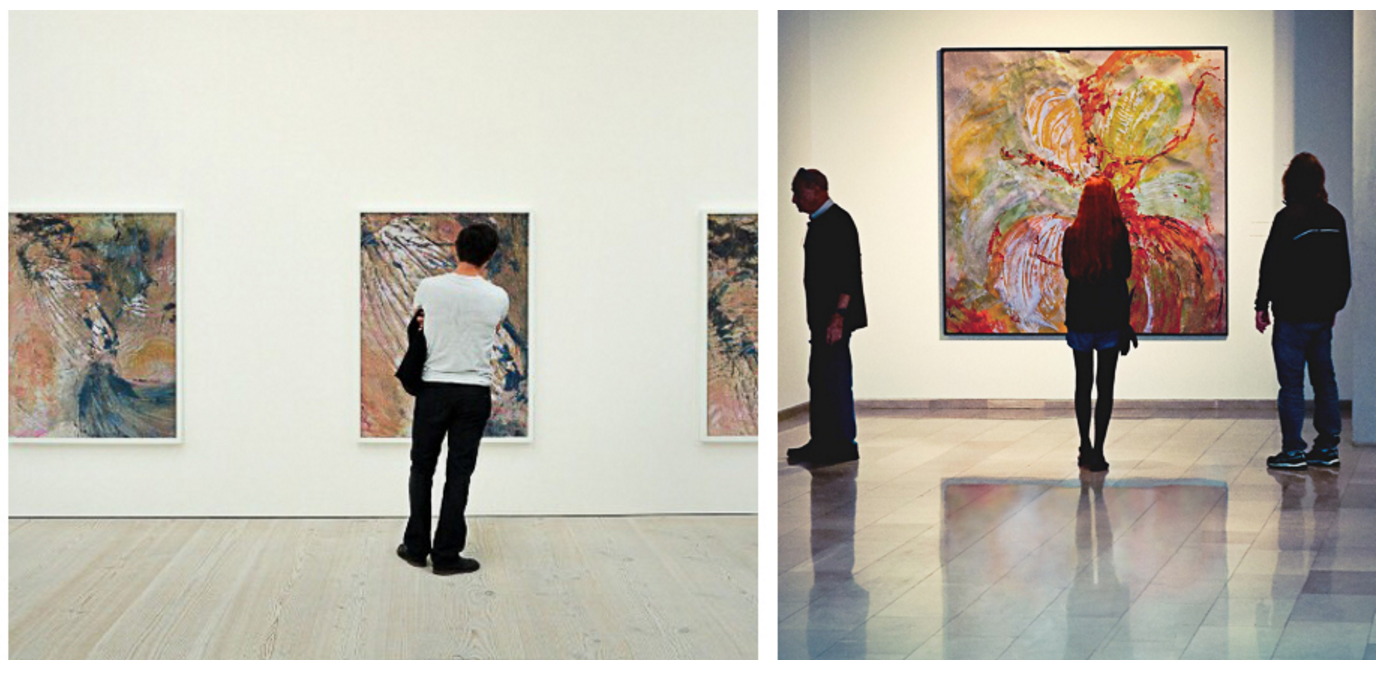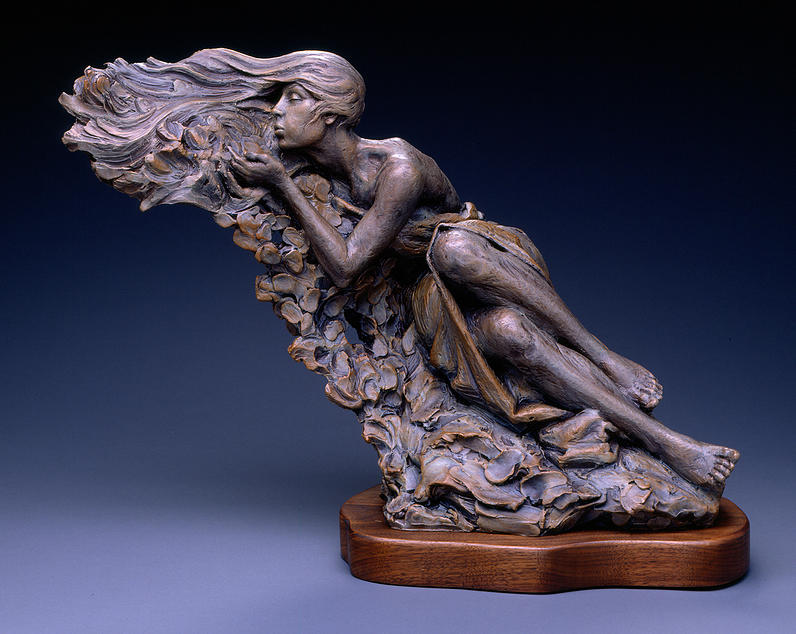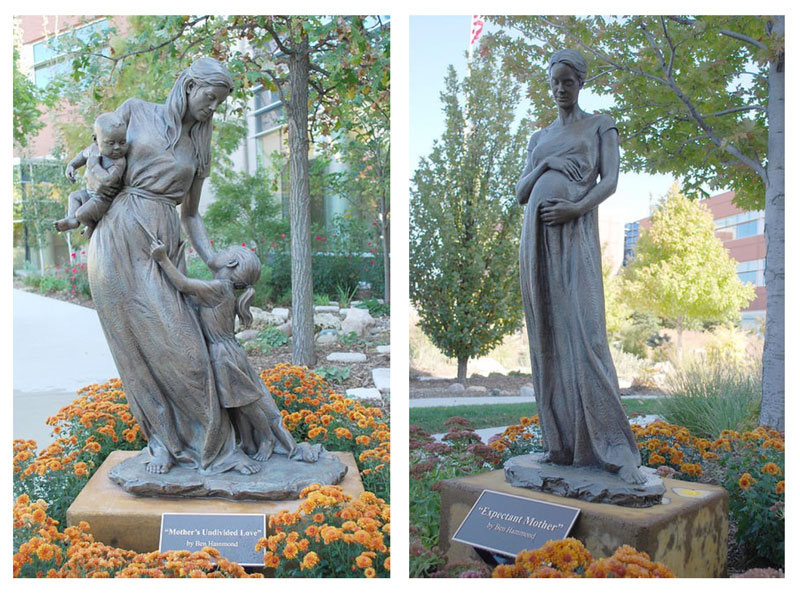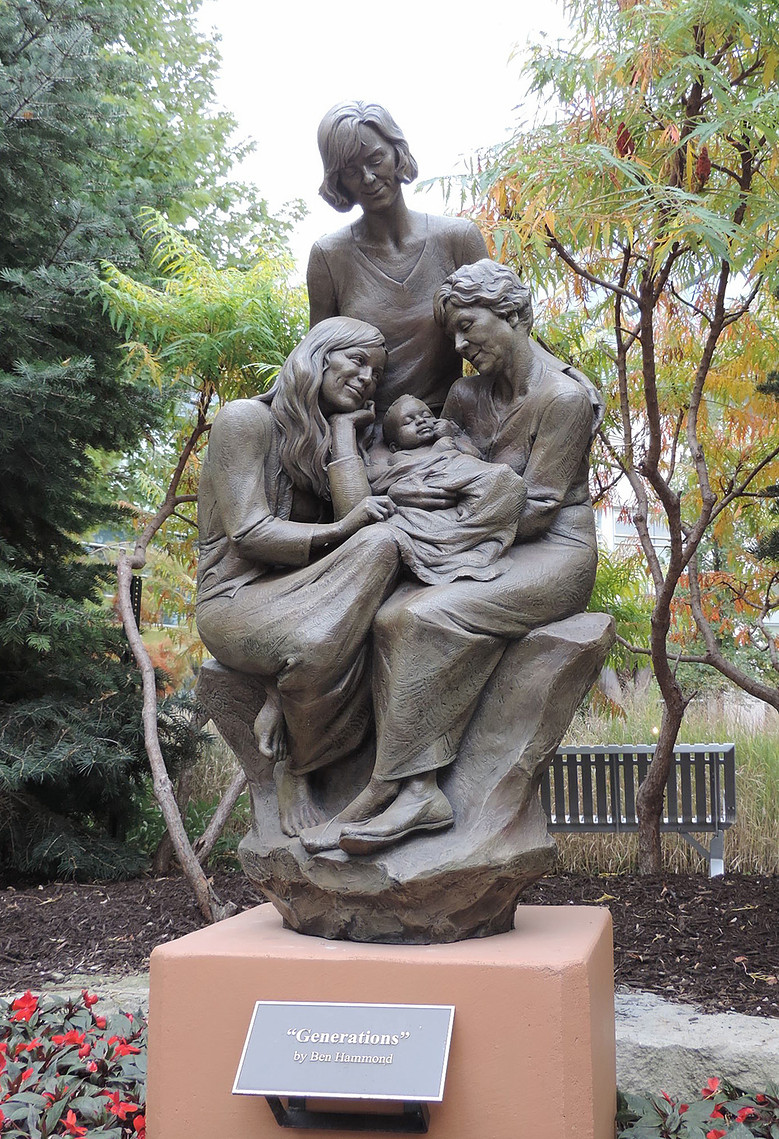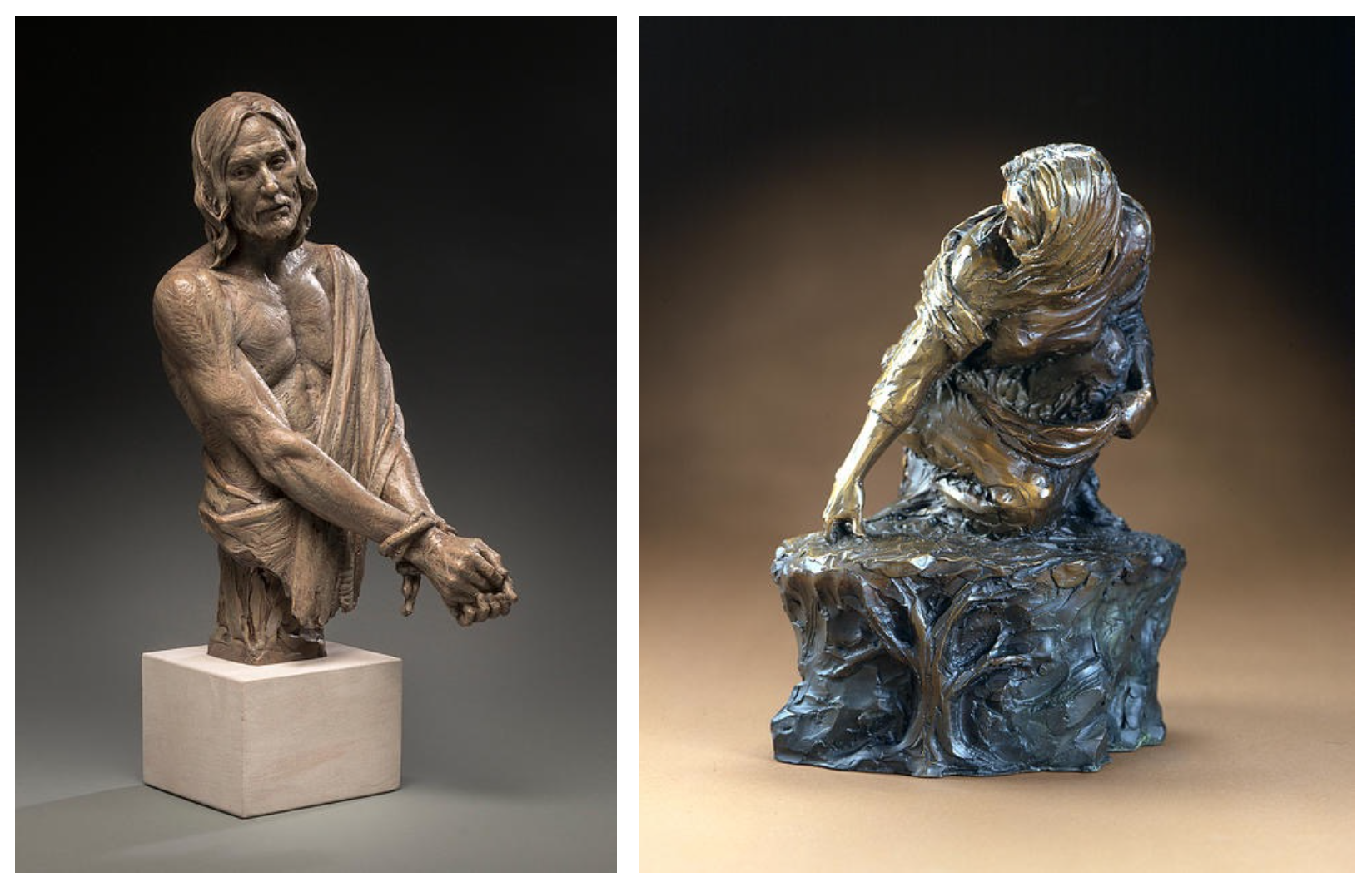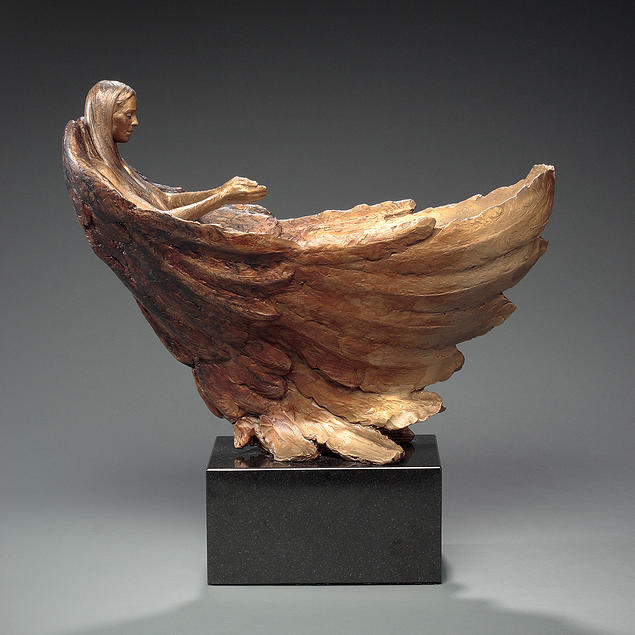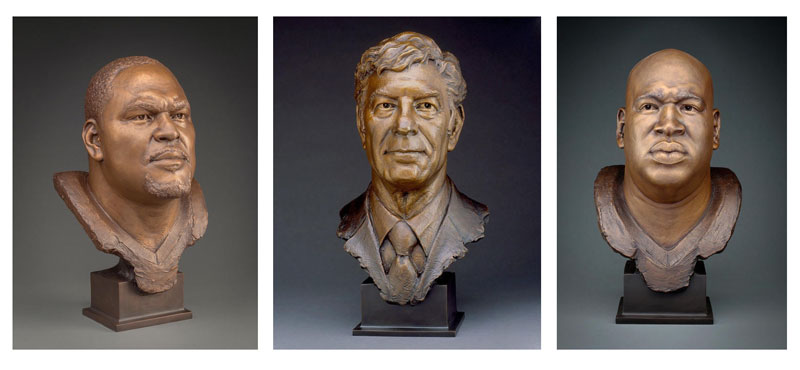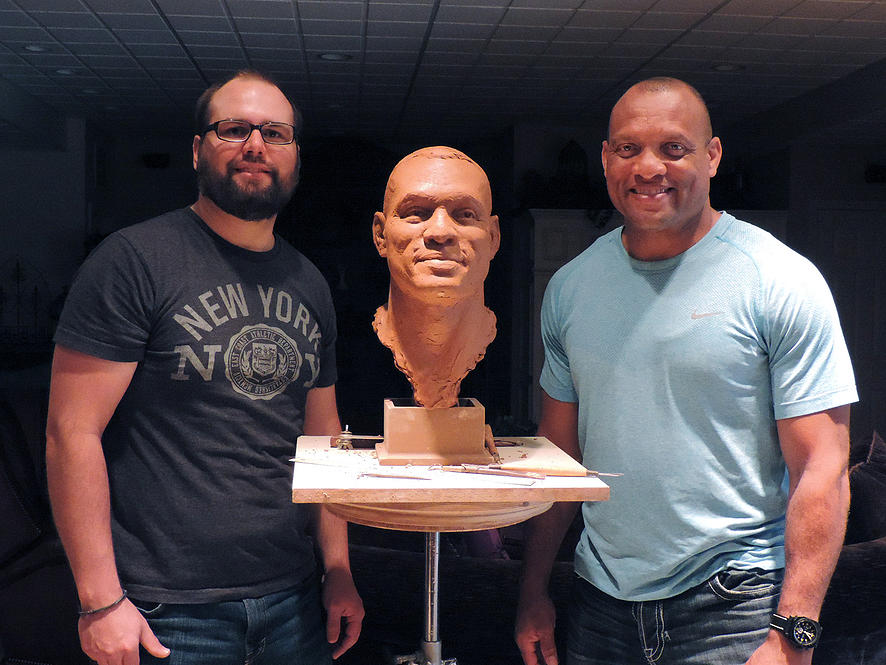
Allen TenBusschen is a painter and designer. One review of his work explained, “TenBusschen creates studies and variation of portraiture. Using small elements and distinctions of paint application, TenBusschen’s portraits are not only technically interesting but possess an otherworldly quality by tweaking the familiar form with beautiful, unnatural colors and flowing forms. He was born in Kalamazoo, Michigan, graduated from Brigham Young University-Idaho, and now lives in Iowa City, Iowa.
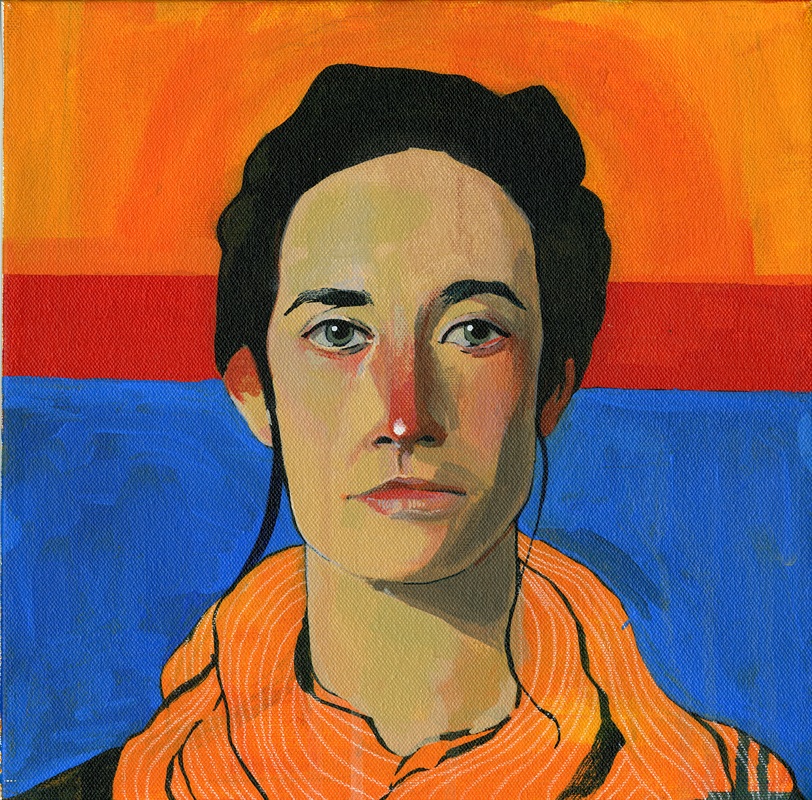
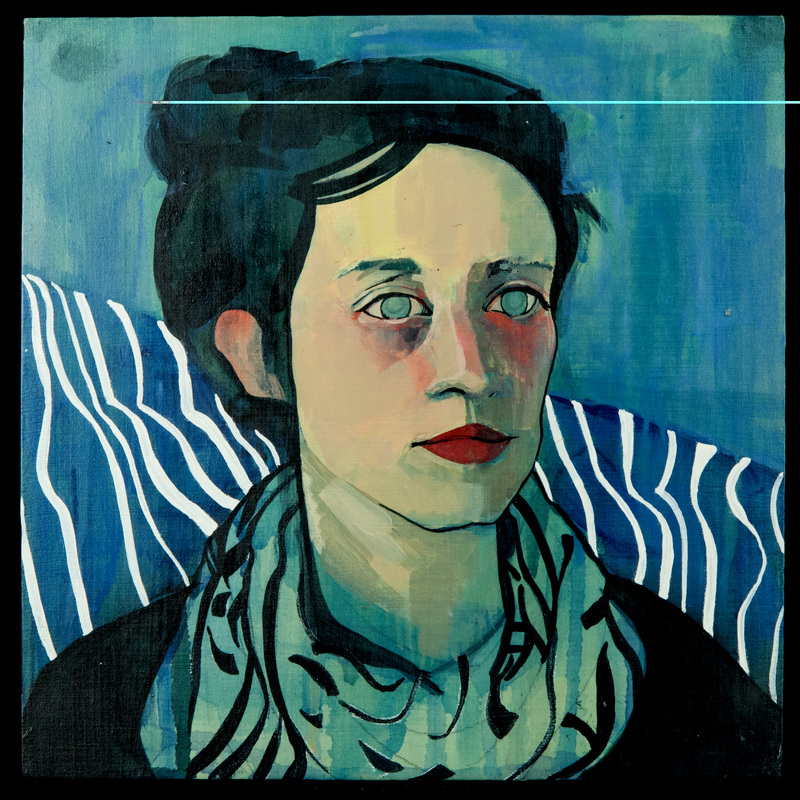

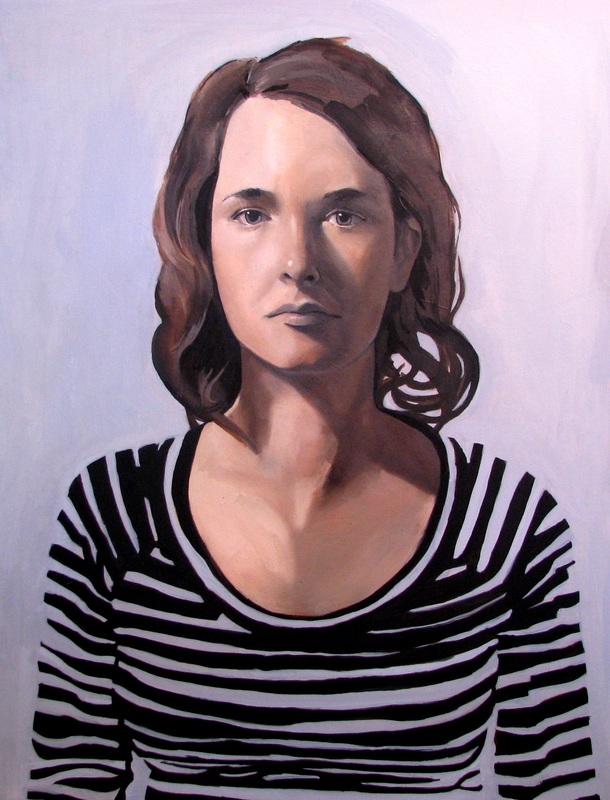
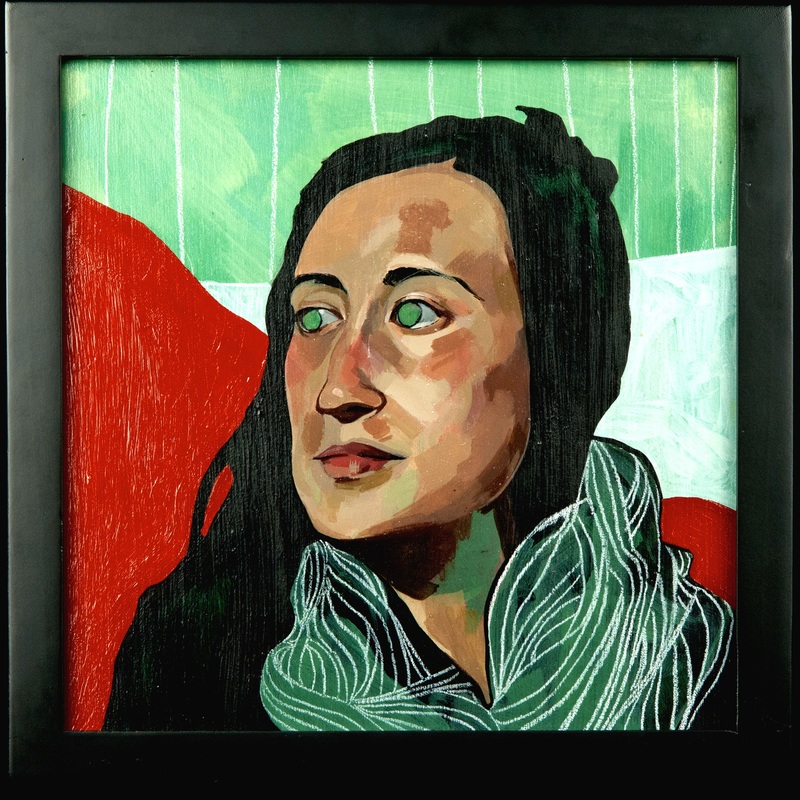
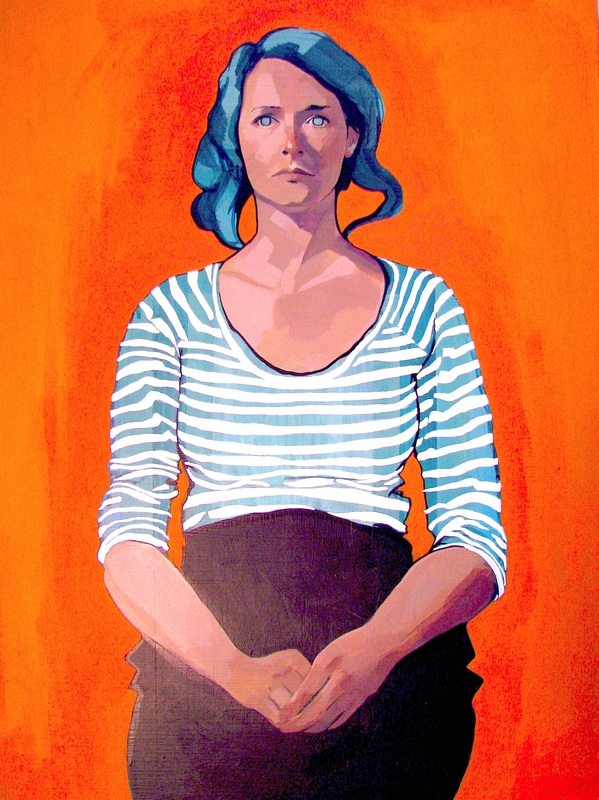
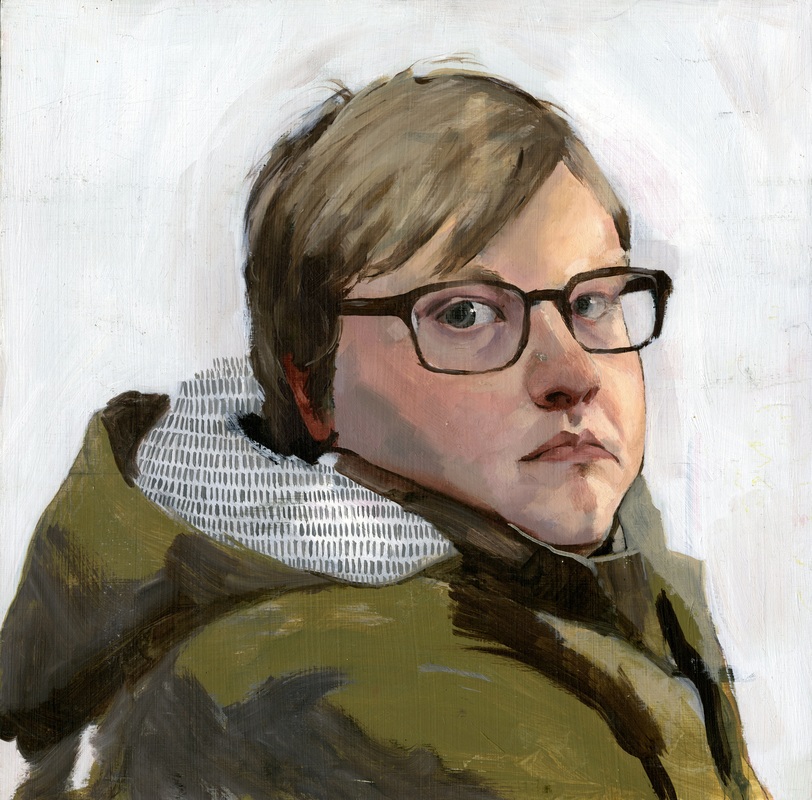
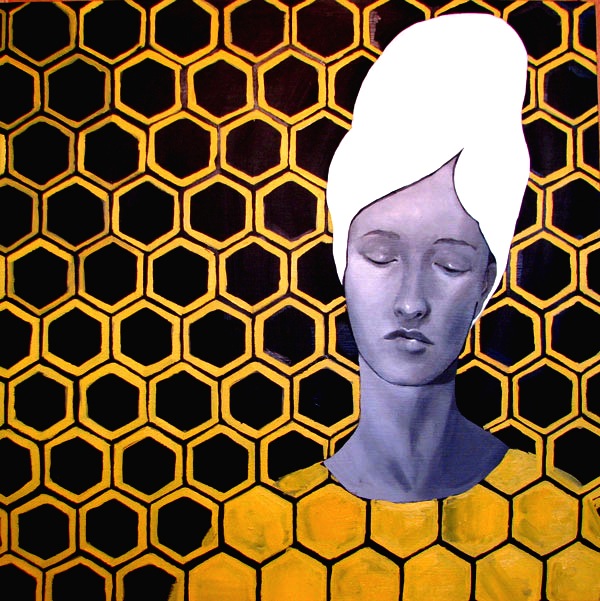
Tell us about your evolution as an artist. I am one of those late bloomers I guess. I spent time as child drawing comic book heroes, and doodling, took a couple art classes in high school and spent more time out of class goofing around than in class. I have always wished I had one of those amazing artist beginnings stories, something like how Chuck Close was my uncle or I saved Jasper Johns from a burning car wreck and he recognized the talent and its been amazing every second since, but when I got to college it took me a long time to figure out what I wanted to do. A lot of failed attempts and a GPA that would make most fast food restaurant managers cringe had me completely lost and frustrated with the arts. I had trouble focusing and developing as an artist, it took a couple of amazing professors at BYU-Idaho (who have the patience of Saints) and some unique classes for me to begin to understand that art could be the path for me. I like to tell people I have a Doctorate from BYU-Idaho because I was there for so long, exploring all the art department had to offer. I eventually settled into the illustration program, all the while taking every 2-D course offered, my major was illustration but I believe my work was more geared towards the Fine Art emphasis. Painting has been an endless source of frustration mixed with the occasional success, but I cannot seem to turn away from it. I constantly devour paintings and I find a deep sense of relief and peace when I find a painting that truly resonates with me.
You often work in black and white. How is your style developing? I was scared to death of color is the easiest way to put it. The theories surrounding color would confuse me to a point of inactivity, so I instead focused my energy on the study of value and the concepts surrounding form. I spent a lot of time trying to understand color from reading theory, I believed that somehow it would magically click and I would be able to completely understand it if I could understand the theory and THEN I could paint with it, which is so backwards for me. It’s funny how sometimes we try to force ourselves to learn differently because the medium or technique is different, that we must learn to paint like our teachers because that is the way they learned, only recently have I been able to look past that and glean the truths hidden behind some of their lessons and weave those truths into a way of learning or thinking that makes sense to me. Color is still a stumbling block for me, but less so as I explore and experiment with it, as I begin to learn the way color affects me and my work I begin to create my own version of a color theory. The figure has always been an interest to me, I also love the ideas surrounding patterns and repetition, my work has a lot of elements that flatten and balance between form and design. My future holds a deeper exploration and a new body of work with these concepts in mind.
What’s next for you? I just recently closed my first solo exhibition, which was just plain fantastic. I applied for a local residency and was turned down but because the director appreciated my work, he offered me a solo show instead and we have cultivated a wonderful relationship because of it. This fall I will be attending the University of Massachusetts – Dartmouth to pursue an MFA in Fine art Painting, working with professors I admire and giving myself the ability to spend 2 years focused solely on the pursuit of my art. I’m excited and oh so nervous about where I will end up, but the journey will be full of self-discovery and hopefully great work.
Visit Allen TenBusschen’s website.
Follow Allen TenBusschen on Instagram.
